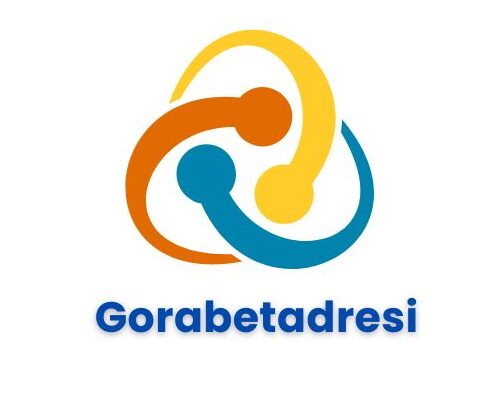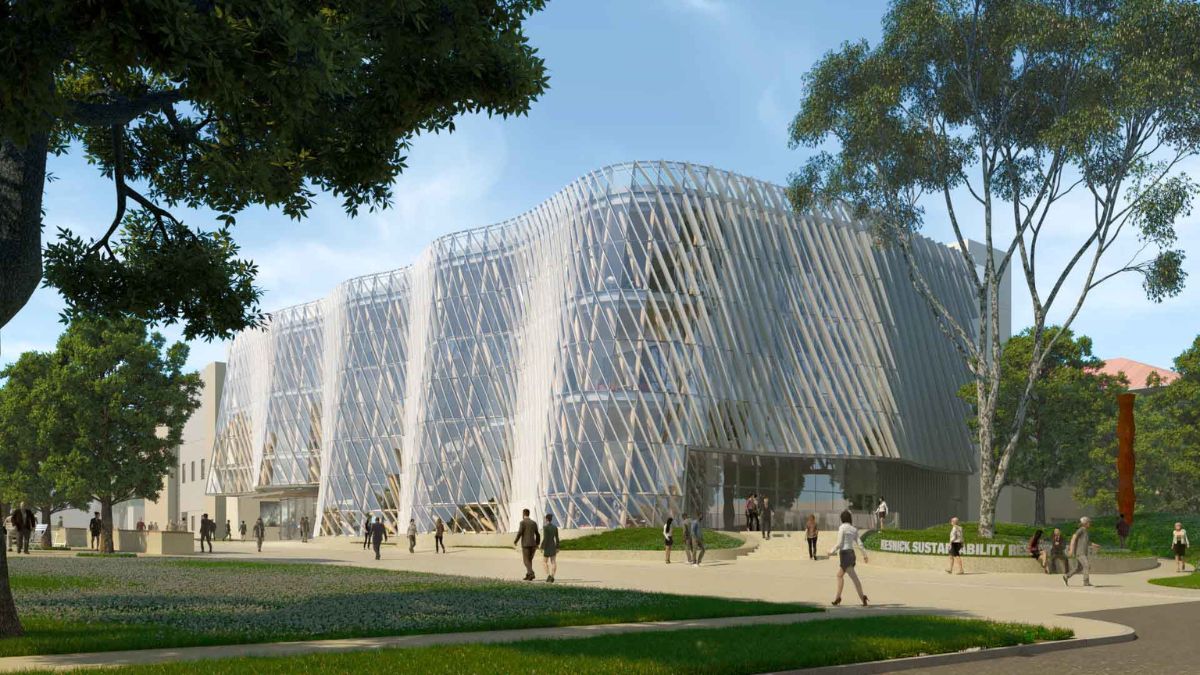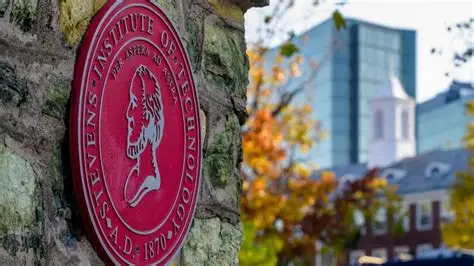The California Institute of Technology (Caltech) is one of the world’s most prestigious private research universities, renowned for its cutting-edge contributions to science, engineering, and technology. Located in Pasadena, California, this small yet highly influential institution has produced numerous Nobel laureates, groundbreaking research, and technological advancements that shape modern society.
With a strong emphasis on STEM (Science, Technology, Engineering, and Mathematics) fields, Caltech fosters an environment of intellectual curiosity, innovation, and collaboration. Its intimate academic setting, with a low student-to-faculty ratio, ensures personalized mentorship and hands-on research opportunities.
In this comprehensive guide, we will explore Caltech’s history, academic programs, research contributions, campus life, notable alumni, and admissions process.
History of Caltech
Founding and Early Years
Caltech was founded in 1891 as Throop University, a vocational school. Under the leadership of astronomer George Ellery Hale and physicist Robert A. Millikan, it evolved into a premier scientific institution. In 1921, it was renamed the California Institute of Technology, reflecting its growing focus on advanced research.
Key Milestones
- 1917: Establishment of the Mount Wilson Observatory, where Edwin Hubble discovered the expansion of the universe.
- 1930s: Development of Jet Propulsion Laboratory (JPL) in collaboration with NASA.
- 1950s-60s: Contributions to quantum mechanics, molecular biology, and space exploration.
- 21st Century: Continued leadership in astrophysics, artificial intelligence, and sustainable energy.
Academic Excellence at Caltech
Caltech offers undergraduate and graduate programs across six academic divisions:
- Biology and Biological Engineering
- Chemistry and Chemical Engineering
- Engineering and Applied Science
- Geological and Planetary Sciences
- Humanities and Social Sciences
- Physics, Mathematics, and Astronomy
Undergraduate Programs
Caltech’s Bachelor of Science (BS) programs emphasize rigorous coursework and research. Popular majors include:
- Aerospace Engineering
- Computer Science
- Physics
- Bioengineering
- Environmental Science
Graduate Programs
Caltech’s graduate programs are highly competitive, with strong emphasis on interdisciplinary research. Key areas include:
- Quantum Computing
- Robotics
- Astrophysics
- Nanotechnology
Research Opportunities
Students engage in pioneering research through:
- Jet Propulsion Laboratory (JPL) – NASA’s leading center for robotic space exploration.
- Kavli Nanoscience Institute – Advances in nanotechnology and materials science.
- LIGO (Laser Interferometer Gravitational-Wave Observatory) – Nobel-winning detection of gravitational waves.
Campus and Student Life
Campus Overview
Caltech’s 124-acre campus blends historic architecture with state-of-the-art research facilities. Key landmarks include:
- Millikan Library – Central hub for study and research.
- Beckman Auditorium – Hosts lectures and cultural events.
- Athletic Facilities – Including a gym, tennis courts, and swimming pools.
Housing and Dining
- Undergraduate Houses: Eight student-run houses foster a tight-knit community.
- Graduate Housing: Options include apartments and family housing.
- Dining: Multiple cafés and dining halls offer diverse meal plans.
Extracurricular Activities
- Clubs & Organizations: Over 100 student groups, including robotics, debate, and entrepreneurship clubs.
- Traditions: Unique events like Ditch Day, where seniors leave puzzles for underclassmen.
- Athletics: NCAA Division III teams (the Caltech Beavers) compete in sports like basketball and swimming.
Notable Alumni and Faculty
Caltech has produced 39 Nobel laureates, along with Turing Award winners and National Medal of Science recipients.
Famous Alumni
- Linus Pauling – Only person to win two unshared Nobel Prizes (Chemistry & Peace).
- Gordon Moore – Co-founder of Intel, creator of Moore’s Law.
- Kip Thorne – Nobel-winning physicist, key figure in LIGO’s gravitational wave discovery.
Renowned Faculty
- Richard Feynman – Legendary physicist known for quantum electrodynamics.
- Frances Arnold – Nobel-winning bioengineer (directed evolution of enzymes).
- David Baltimore – Nobel laureate for discoveries in virology.
Admissions and Financial Aid
Undergraduate Admissions
- Acceptance Rate: ~4% (Highly selective)
- Average SAT/ACT Scores: SAT 1530-1570, ACT 35-36
- Requirements: Strong STEM background, research experience, recommendation letters.
Graduate Admissions
- Varies by department; most require GRE scores, research proposals, and faculty interviews.
Financial Aid
Caltech meets 100% of demonstrated financial need through grants, scholarships, and work-study programs. Over 60% of students receive aid, with an average award of $50,000 per year.
Why Choose Caltech?
- World-Class Research: Access to JPL, LIGO, and cutting-edge labs.
- Small Class Sizes: 3:1 student-faculty ratio ensures personalized mentorship.
- Strong Industry Connections: Partnerships with NASA, SpaceX, and leading tech firms.
- Entrepreneurial Opportunities: Alumni-founded companies like Intel, Compaq, and Hotmail.
Conclusion
The California Institute of Technology (Caltech) stands as a beacon of scientific discovery and technological innovation. With its unparalleled research facilities, distinguished faculty, and a legacy of groundbreaking contributions, Caltech continues to shape the future of science and engineering.











